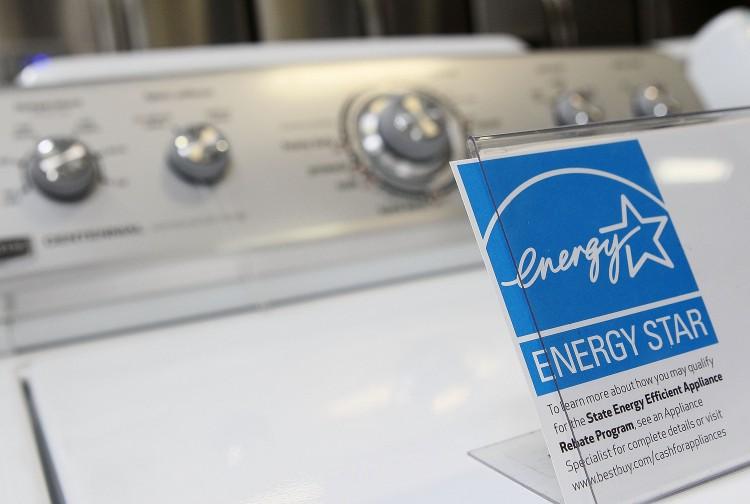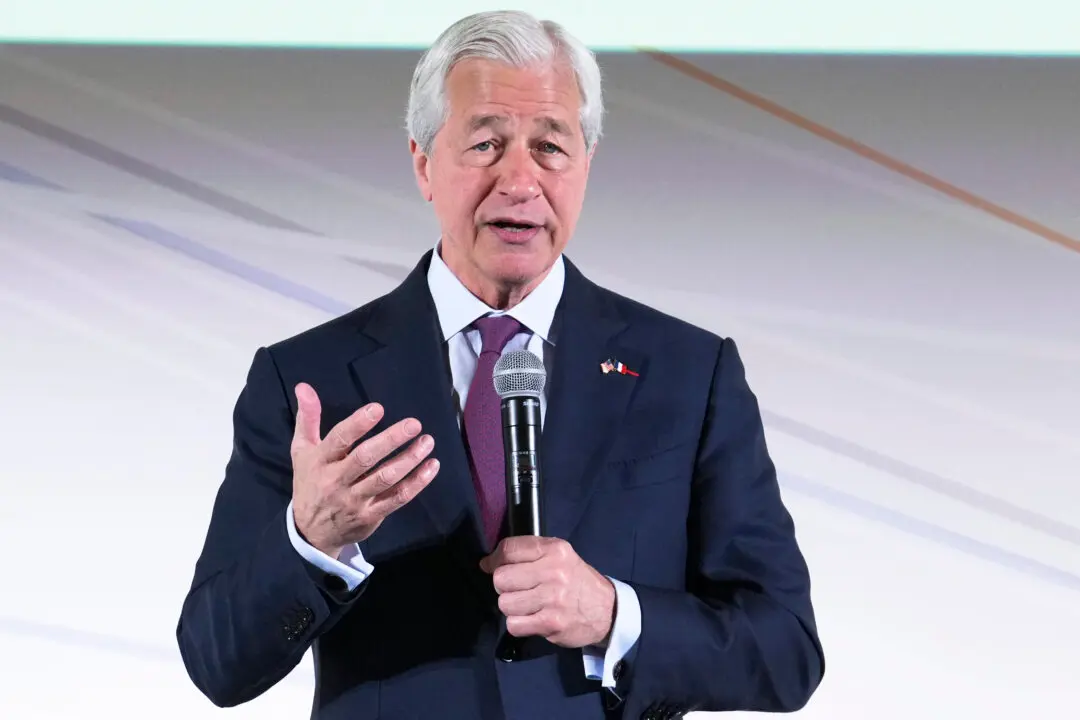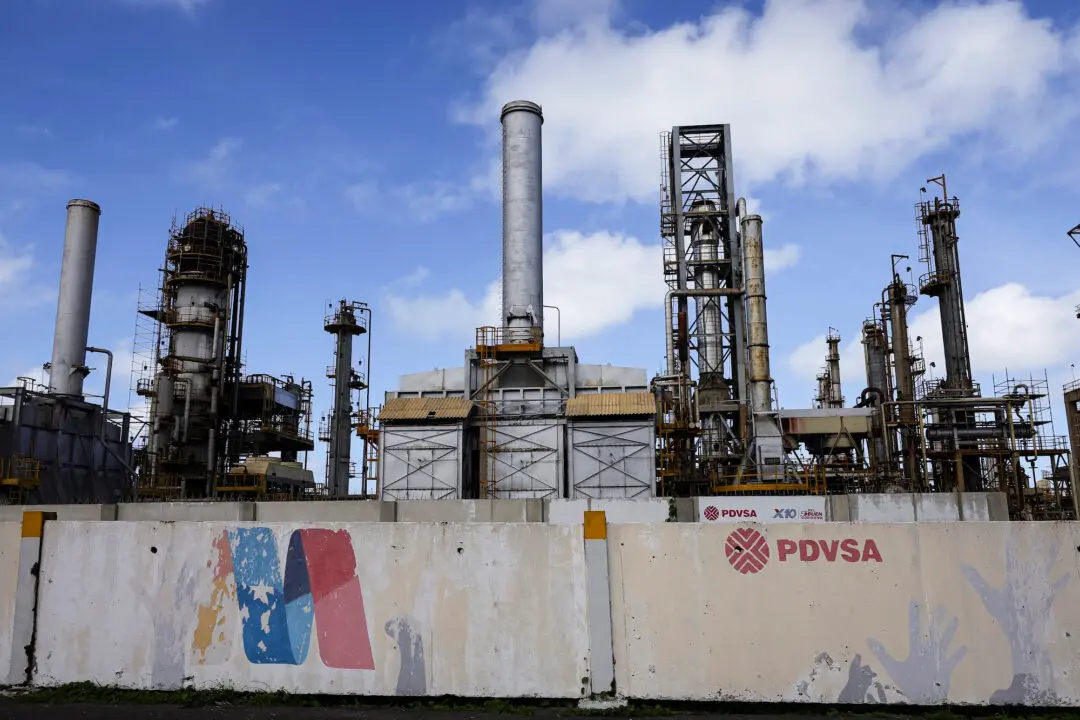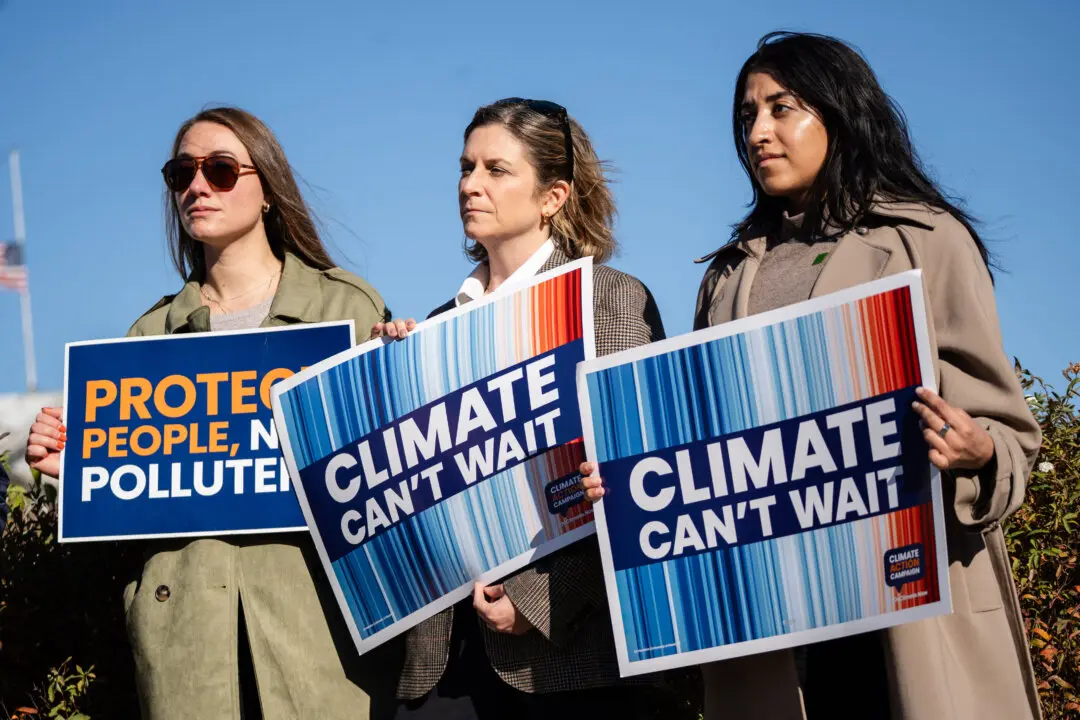News Analysis
A pledge by the Biden administration in December 2022 to impose significantly tighter environmental standards on consumer goods is now becoming reality, and consumer groups are predicting a future in which Americans pay more for products that do less, while manufacturers warn of shortages and supply chain breakdowns.





